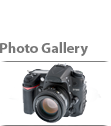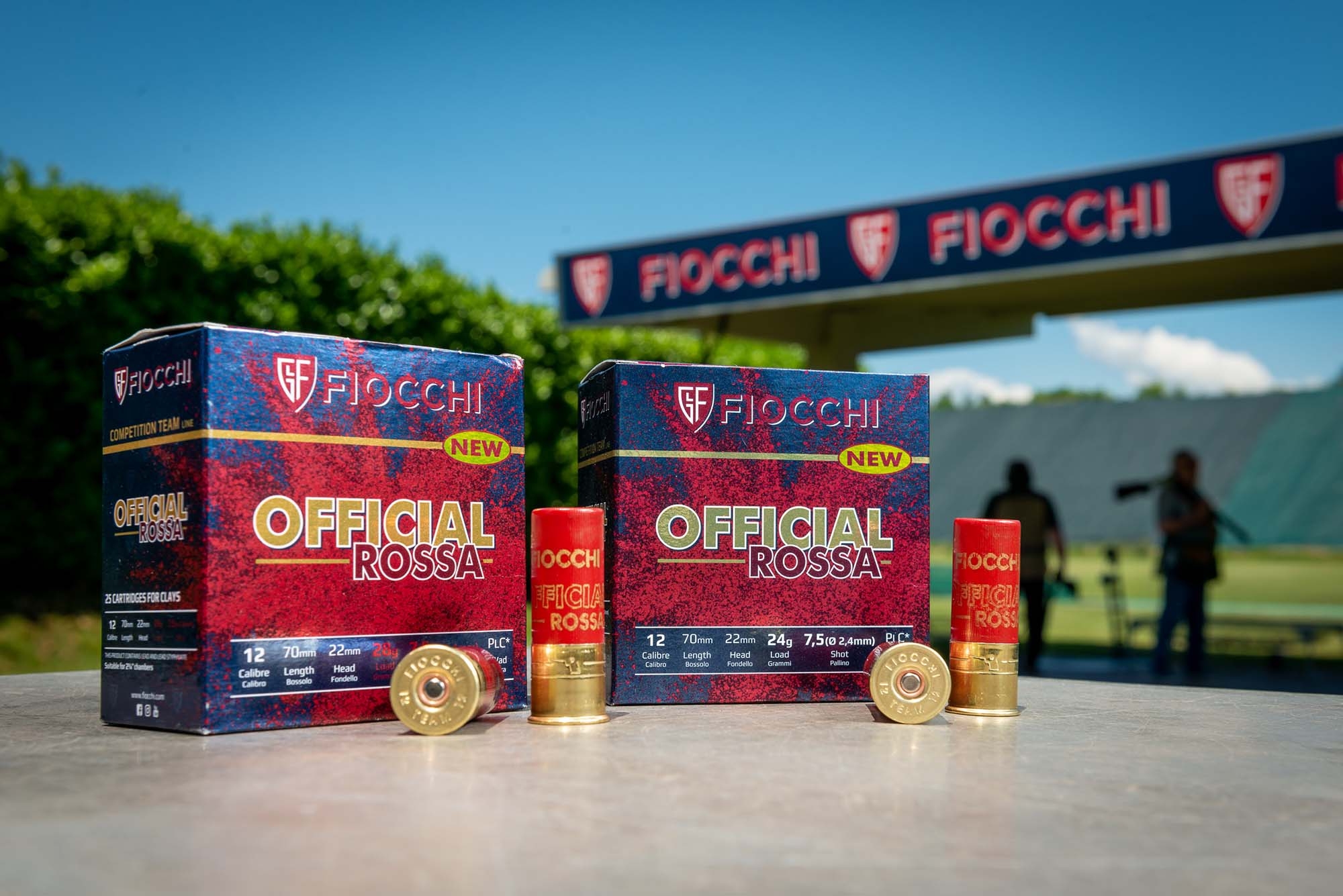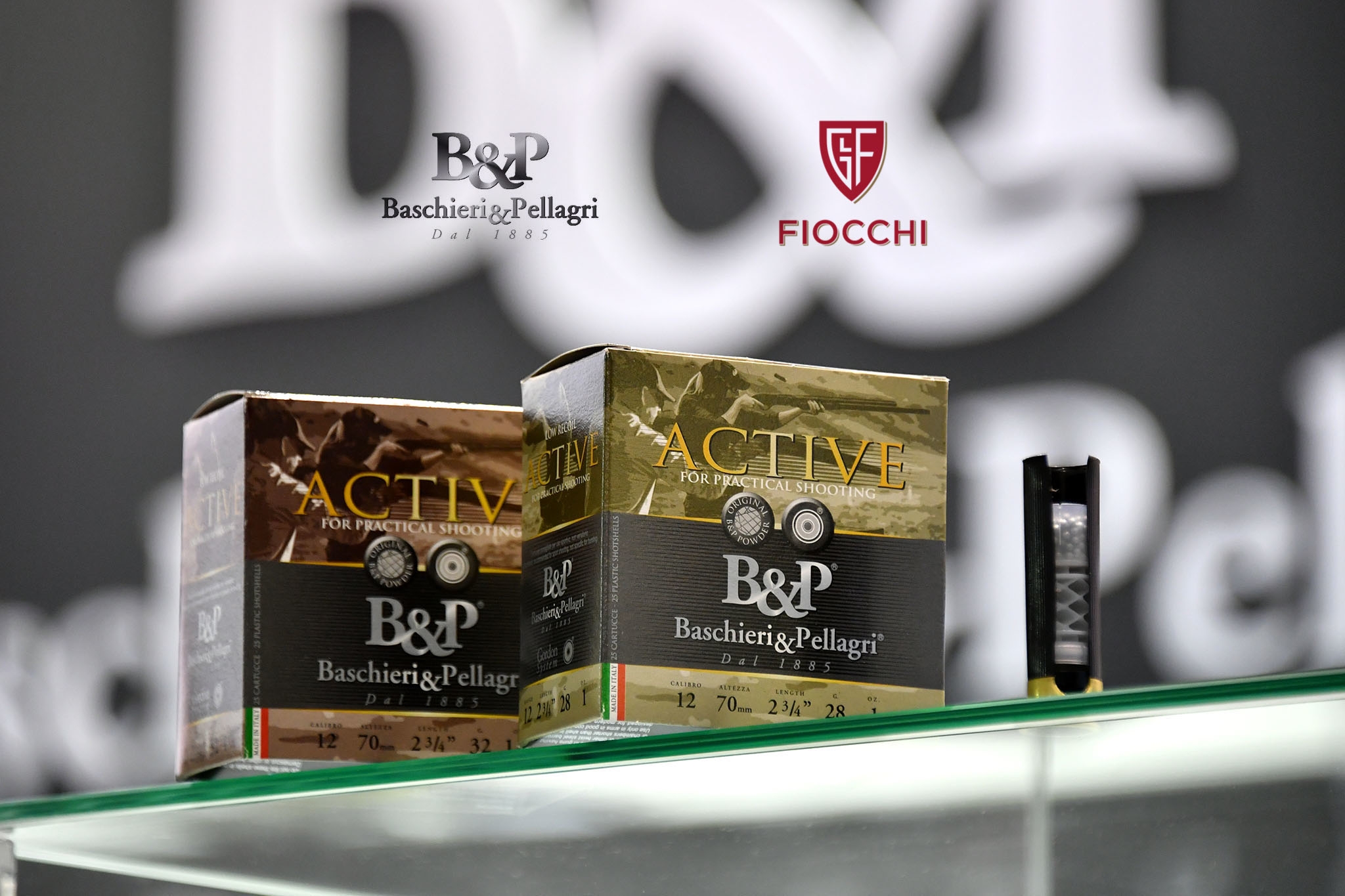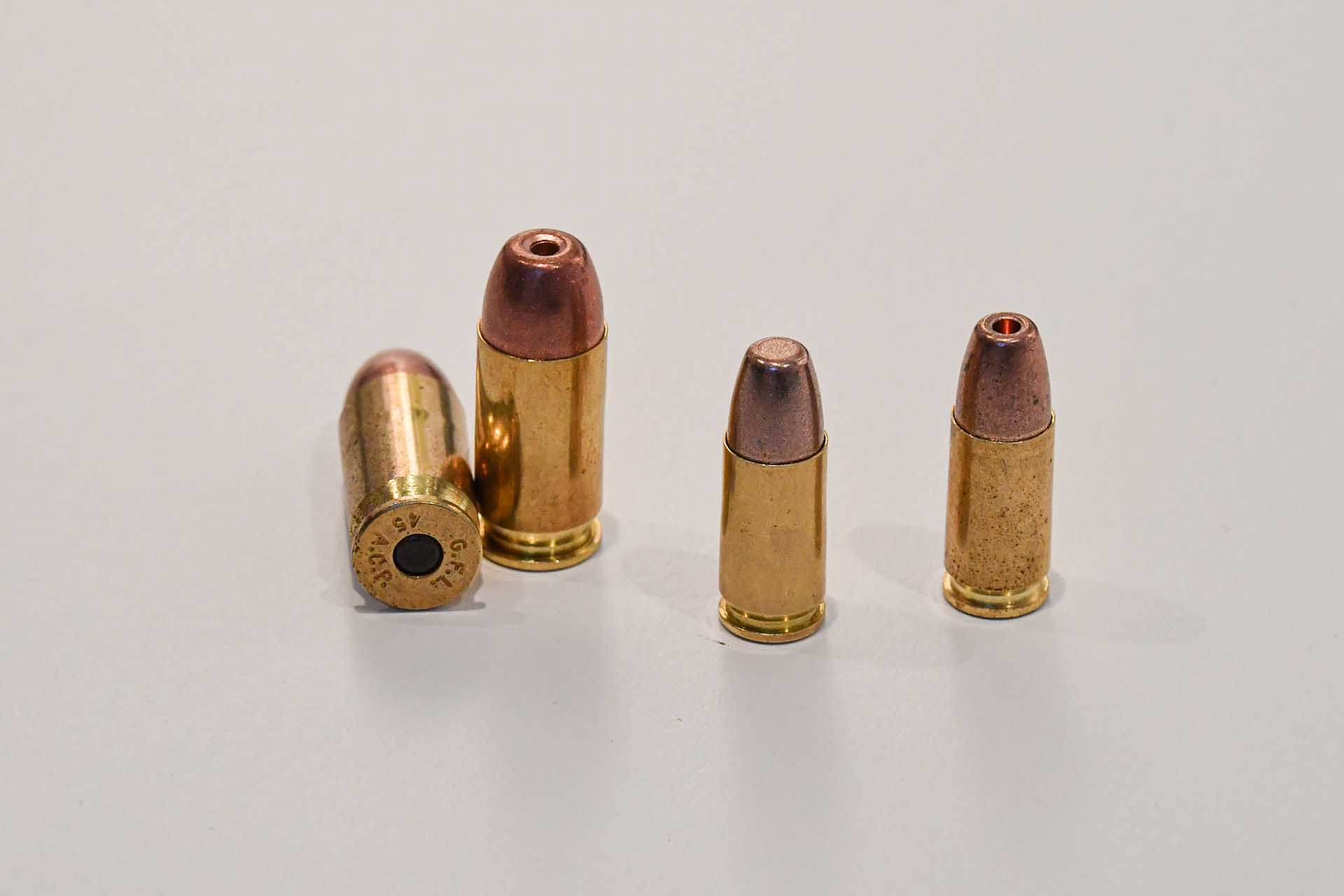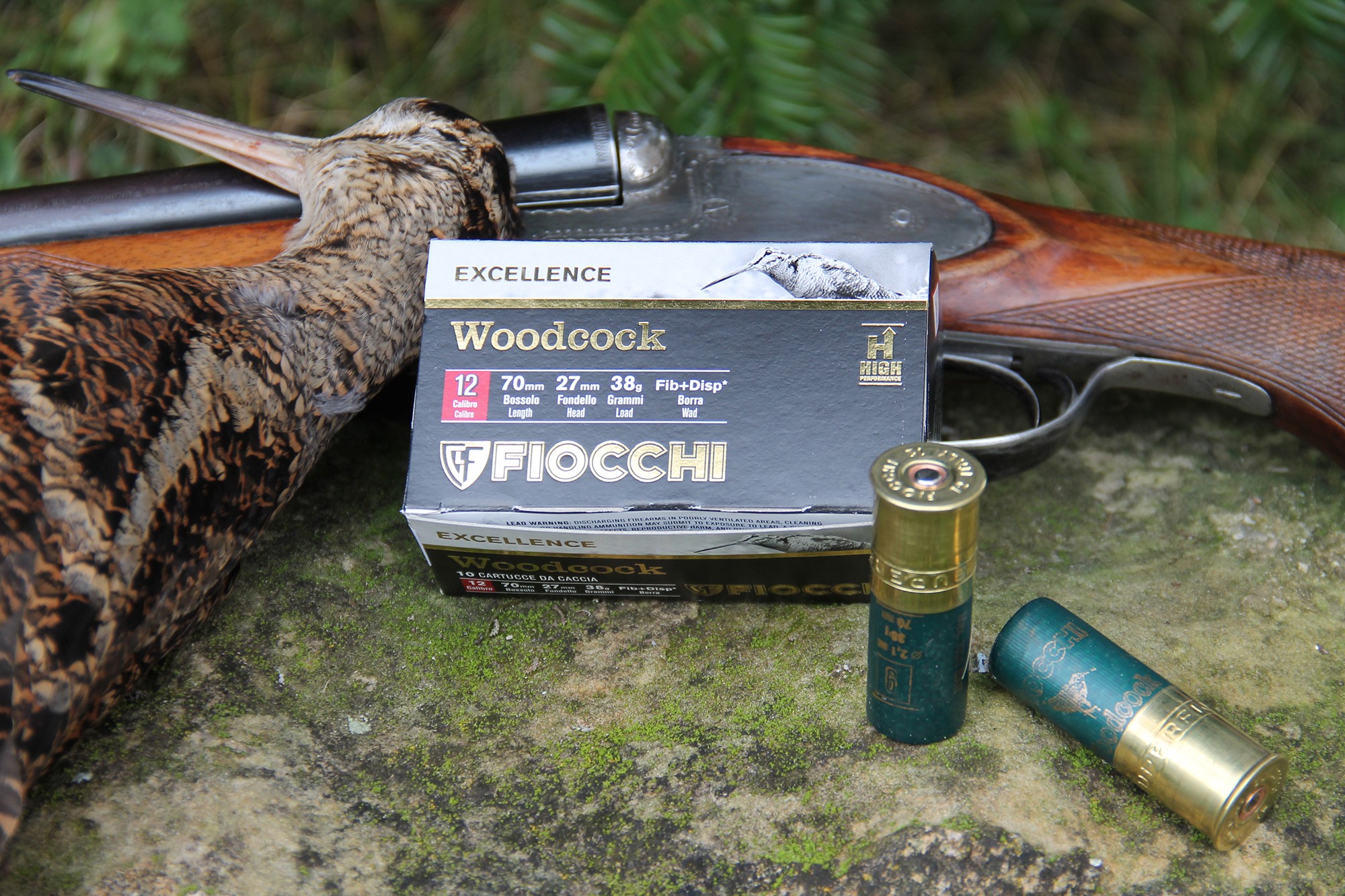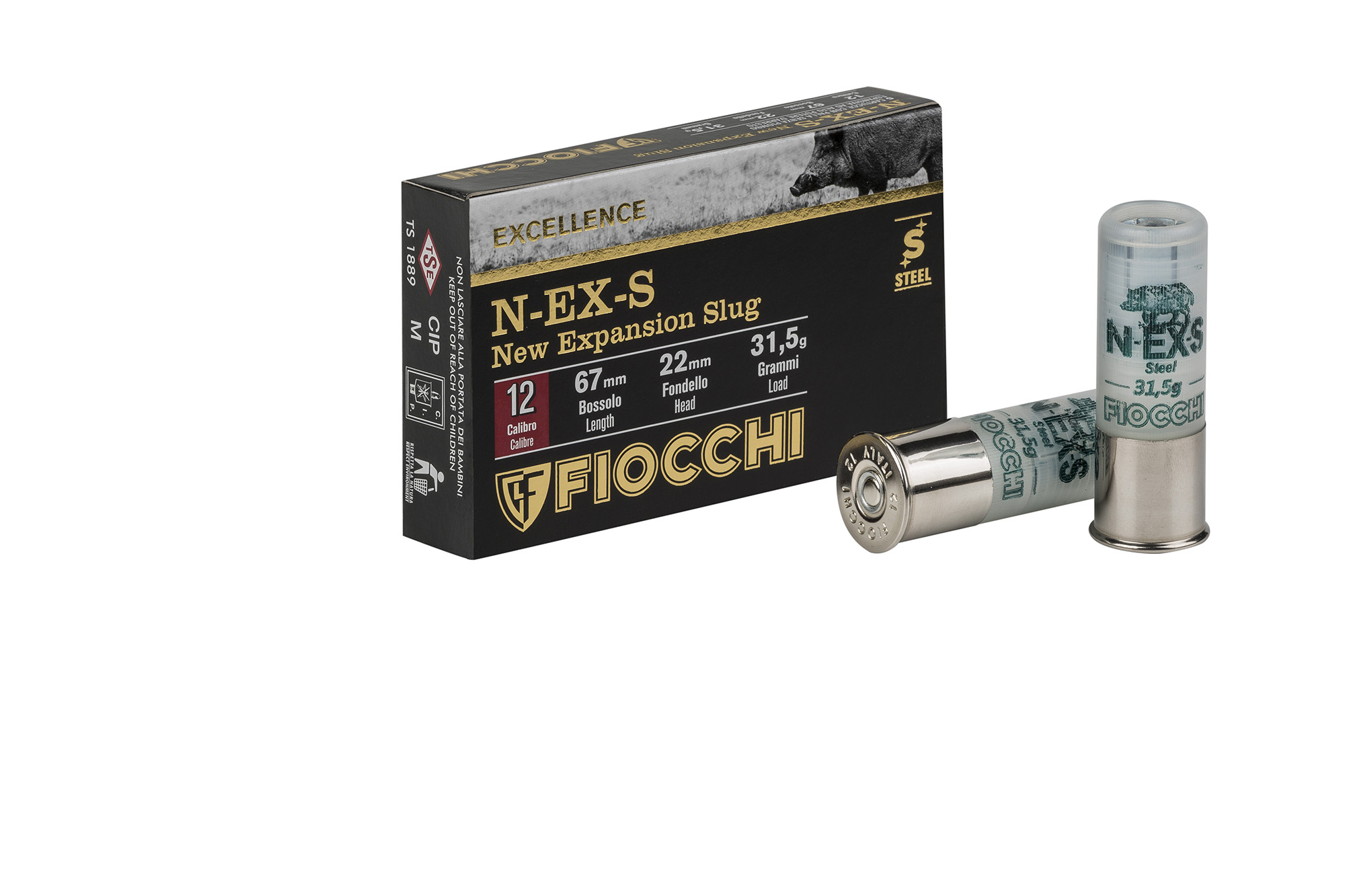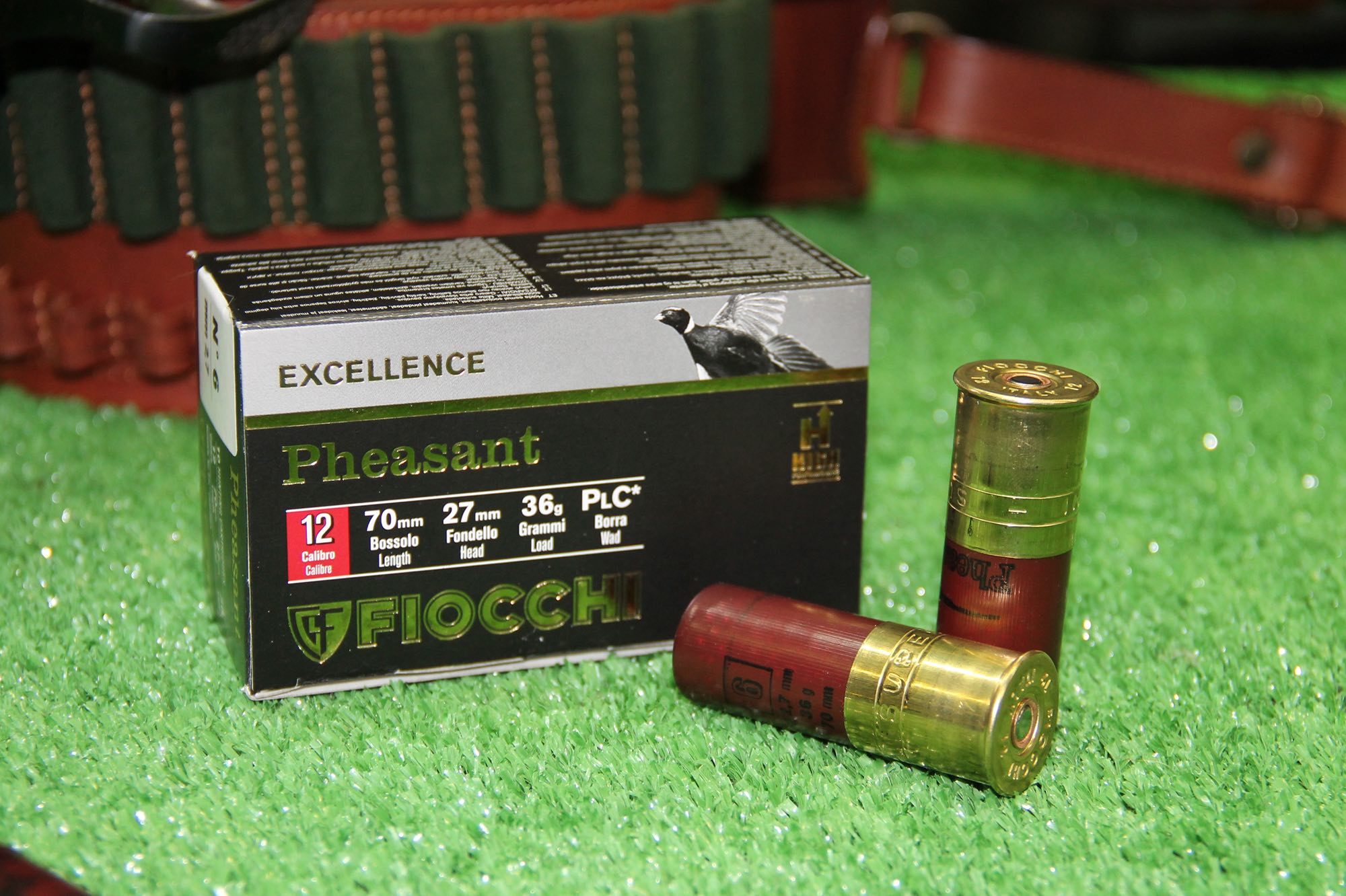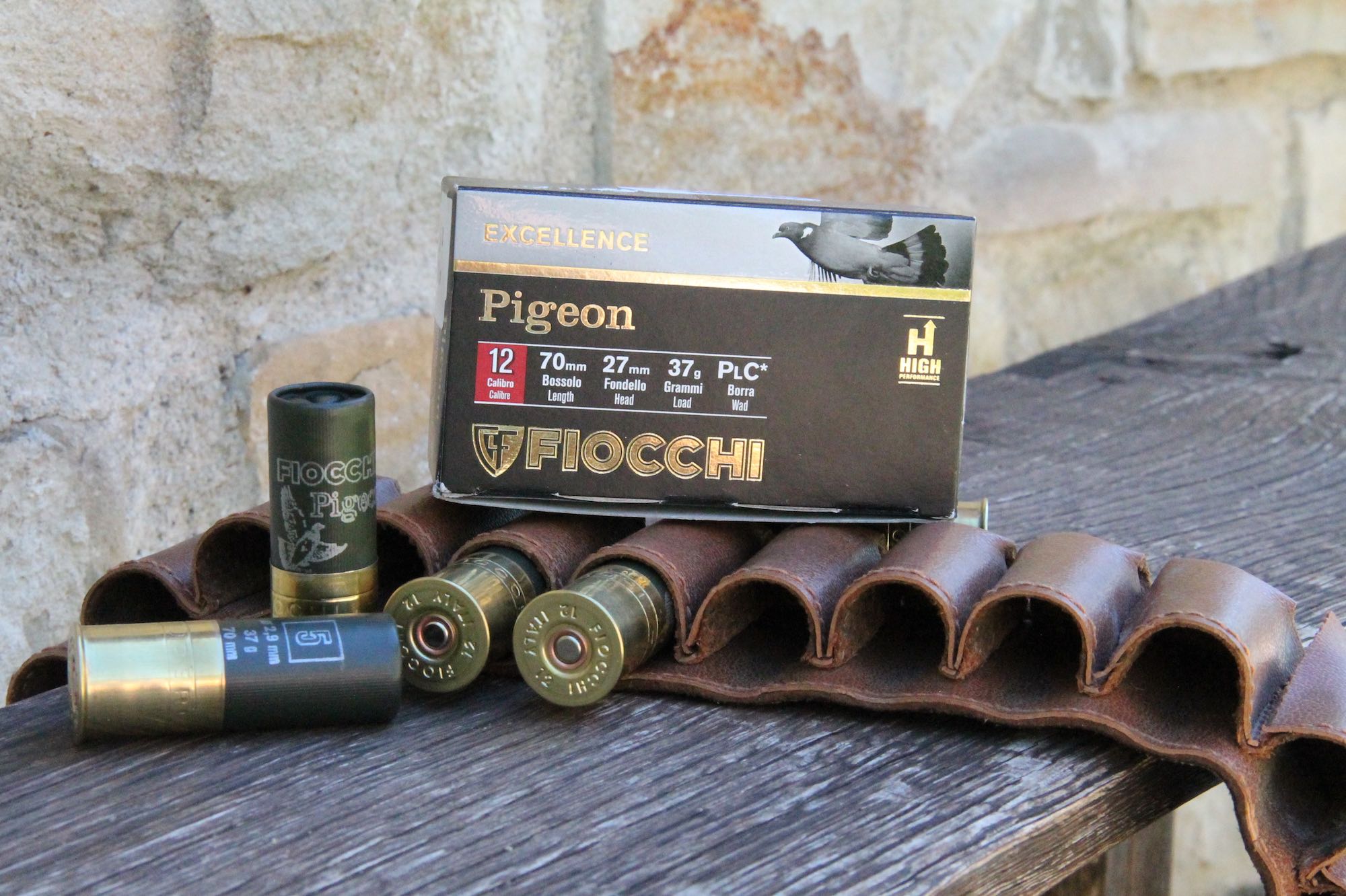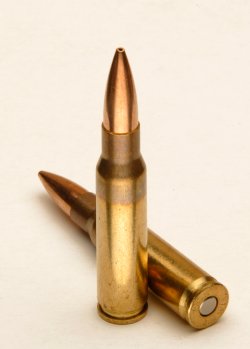
Fiocchi is now an international level company and manufactures its new rifle center fire ammunition at the Fiocchi of America (FOA)manufacturing plants in the most popular rifle calibers. The .308 Winchester Exacta Match with Sierra bullet is present in the catalog with bullet weights of 168, 175 and 180-grains; among these types of ammunition I chose the loading with the 180-grain bullet (identified in the Fiocchi catalogue as 308MKC), since it is more suitable for the teaching activities I carry out for my association: Long Range shooting. The ammunition is assembled with the companyʼs primers and the finished cartridges, after a careful analysis, seem to be very well built. After the annealing neck treatment, the surface of the cartridge case is not polished. The bullets are the excellent Sierra Match King Hollow Point Boat Tail and the powder brand, observed to be made of semi-spherical grains of medium consistency, remains unknown. The test was carried out with a Remington 700 Police DM rifle; the barrel of the weapon at the time of the test had shot 3000 rounds.
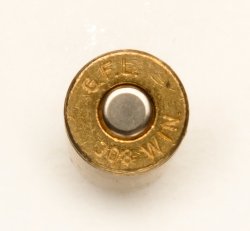
There is not much to say about the Remington 700 Police. In my opinion it is the best entry-level in the precision rifles class, it is simple and sturdy, just like a weapon to be used for “heavy and rough” work should be, but always able to hit the aimed target with sufficient accuracy. The accessories available on the aftermarket allow us to transform the 700 “Police” from a simple stock rifle to the best custom “stick” present on the market: bench rest quality barrels, military floor plates (including mag conversions), competition triggers, stocks of the most varied shapes and an incredible choice of scope mounts. Much more can be added, updated and replaced, a piece at a time to distribute the costs over time. Moreover, all gunsmiths know how to work with this type of weapon.
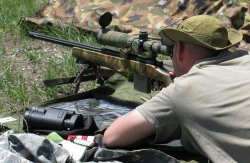
The only main flaw of this beautiful weapon has to do with to its nature: the large production numbers that allow the excellent price/performance ratio. This means that in the same lot of rifles there could be significant differences in accuracy between one weapon and another. It is common to find these differences between the same models of more expensive rifle models, but it is even easier with the Police model.
I personally feel lucky, my rifle is one that had been shipped from the factory with a much more accurate barrel than average. In fact, the testing was carried out with my personal weapon and ammunition purchased over the counter at a local gun shop, so that I could work with maximum freedom and no manufacturer pressure.
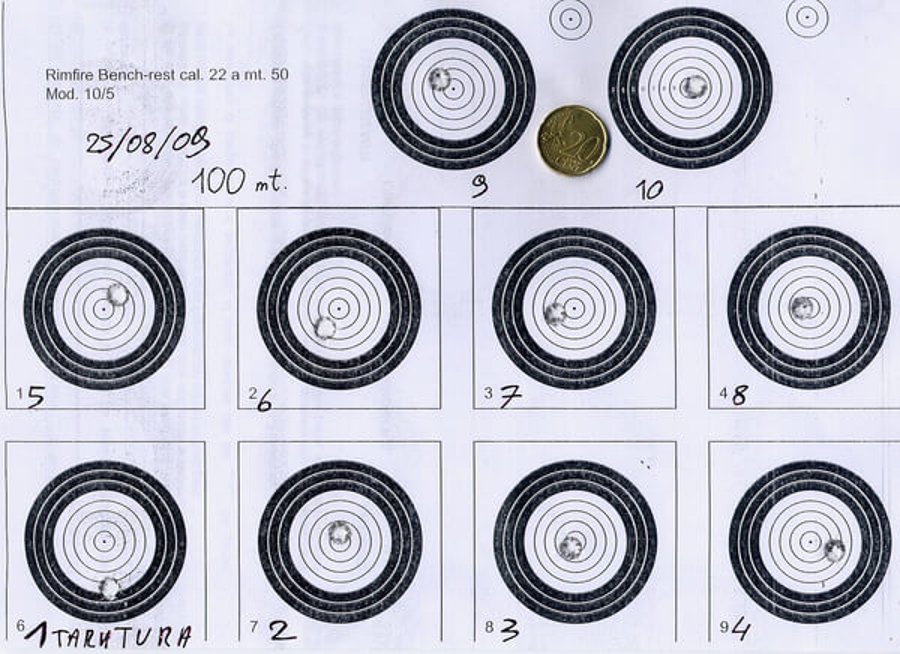
The weapon used in the test is basically stock; the only custom work done to enhance its accuracy is limited to the aluminum pillar Glass Bedding, locking lug trueing and a little work on the stock trigger. Any good gunsmith can carry out this work for you. I’d like to open a small parenthesis on the trigger weight: too many times in my long range shooting seminars I have seen rifles with triggers that were so light that the round could be discharged simply by locking the bolt on the live round, or weapons that never leave the shooting ranges with triggers weight exceeding 1.5 kg; in principle, if you mostly shoot in a range the weight can be brought down to 200g, less than this does not make any sense for these types of weapons, but if you have the opportunity to shoot in the woods and mountains, it is best not to go below 800 g. Warning, the safety should always be fully functional!
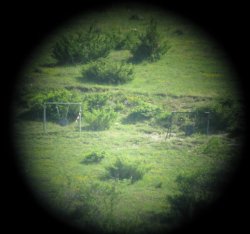
Before moving on to the more technical aspect of the test, I would like to clarify something that is well-known to most expert shooters: the combination of weapon and ammunition that is proposed here, which has yielded excellent accuracy results, is to be considered only for the weapon that was used in the test, since in other rifles, even of the same model and make, you may not obtain the same performance.
In any case, what has been achieved remains indicative of the good quality of the Reingotn 700 Police and the Fiocchi ammo used.
Before the live firing test I performed a visual and instrumental check on the ammunition: five sample rounds were randomly taken from two boxes, then disassembled and the weight of their components checked (weight of the bullet, cartridge cases and powder); the overall length (OAL) of all the cartridges found in the two boxes as well as the partial length on the bullet shoulder (measurement taken with a Stoney Point Bullet Comparator), the center offset between the bullet and cartridge case (run-out) and in the length of the cartridge case. The bullet speed test was also carried out on 5 cartridges with the use of a chronograph.
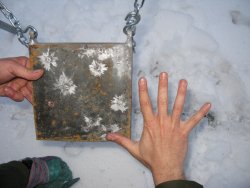
I did not check the length of the single bullet since the Sierra product is widely known and it is well known that the Match King “suffers”, because of the construction process, a lack of homogeneity in the processing of the apical part, so much so that the check would give erratic measurements. The instrument for the control of the center offset between the bullet and cartridge case is custom made, simple but very accurate in the measurements, and it works in tandem with a shockproof 0.01 mm Borletti clock caliper. All measurements taken can be found in the tables accompanying the article.
The target I used at 100 m range is the official “Rimfire bench-rest cal.22 at 50 m Mod.10/5”. The shooting was performed off the bench, through the ever more present and hideous large cement pipes that give so much security to the owners of the shooting ranges, but ruin the hearing of shooter and also take away, too much, pleasure from our hobby. The weapon was shot while resting on the pivoting BR Harris front bipod with AB pod-lock, while the scope used was the excellent S&B Police Marksman II 3-12x50 with P4L reticle positioned on the first focal plane, and 1 cm per click turrets.
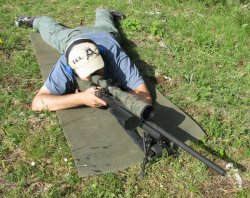
Surely the reticle used is not the best for precision range shooting, in which splitting the target into 4, typical of fine bench rest scopes, is a priority, but it is a clear winner for military or hunting use when you have to look through vegetation or hazy weather. The magnifying factor for the testing was set to 11x. Furthermore, to make the shooter’s head position more comfortable in alignment with the scope, mounted on an integral 20 MOA Picatinny base, the weapon was equipped with an Eagle cheek pad.
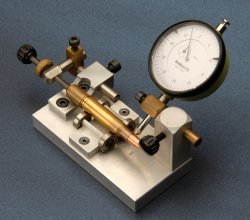
Regarding the correct interpretation of the shooting table, I’d like to specify that the data reported relates to the movement of the bullet along its trajectory and the corrections to be made on the turrets of the scope. On the vertical plane (elevation), the negative number value indicates that the bullet is under the sight line, while the positive numeric value indicates that the bullet is above the sight line.
On the horizontal plane (wind drift and spin drift), the negative number value indicates that the bullet is to the left of the sight line, while the positive numeric value indicates that the bullet is to the right of the sight line. A keen eye will notice that the shooting table is missing some data such as the general fall of the bullet right out of the barrel, or the residual kinetic energy at the various distances. Such lack is intentional, because this table is “calibrated” for “field” use.
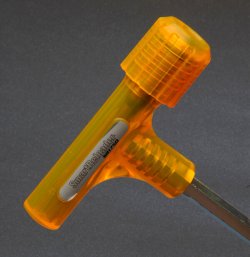
Despite all the theories claiming that a barrel with a 1/12” rifling pitch should work best with 168-grain bullets, or less, the Remington Police /Fiocchi 308MKC “team” has been successful. The published group pattern was attained in August late in the day, when the summer heat subsides into a more comfortable temperature. The shooting string was initiated by aiming at the target in the lower left and then moving to the right, then continuing to the top line of the targets. The shooting pace was dictated by the time needed to remove the spent case from the action by hand, take a new round, place it over the magazine follower, lock the bolt, position control, respiration, fire. The first shot was to confirm the zero of the rifle/ammo combination, while all others were part of the test.
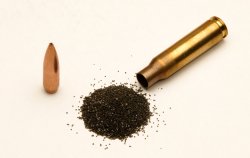
Excluding the calibration shot the rest are confined within the diameter of a 0.20 Euro coin. For the determination of the pattern I used a somewhat empirical but effective method that is capable of giving an idea of the potential of this ammunition: I measured the diameter of the coin, and then I subtracted the diameter of the bullet used, the result gave me 14.38 mm. It goes without saying that the real shot pattern, being covered by the coin, could be slightly smaller. Honestly, I did not expect such a narrow shot pattern. I have already had other signs of good performance at 100 m, but I have never carried out a real accuracy test at a close range because I have always aimed at metal targets, of various sizes and shapes, with this ammo at distances varying between 500 and 800/900 m with excellent results, strong winds excluded.
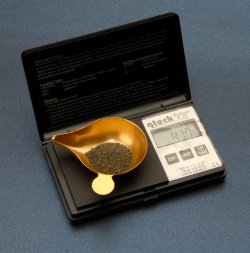
In my opinion the Fiocchi 308MKC ammunition has its competition in two commercial products in the same caliber: The Norma 168 Diamond, a true champion on the short to medium ranges, and the Federal 175 Gold Medal Match, a “war machine” for medium to long range shooting. The Norma seems to hold its own very well up to 300 meters, but from 500 meters onwards, the lighter weight of the bullet and the almost identical speed at the muzzle favor the Fiocchi more. On the other hand, the Federal GMM is a wonderful, fast and precise loading for Long Range shooting, as well as the best clone of the M118LR loading used by the American snipers, but under 500 meters it leaves room for the slower but more accurate cartridges with 168-grain Math bullet and the 180-grain Fiocchi bullet.
The Norma and Federal loadings are two champions in their respective shooting categories, but the Fiocchi .308 Winchester 180-grain Match King was proven, in my rifle, to be an “all-round” loading, a true “multi-range” cartridge capable of peak performance at short and long distances. Last but not least: the very competitive price compared to the other two. In conclusion, the 308MKC has really surprised and convinced me.
Live fire test Technical data:
· Fiocchi .308 Winchester 180-grain Match King cartridge
· Remington 700 Police DM, 26” barrel, 1/12 twist
· Muzzle speed (m/sec) 782
· Bullet weight: 180 grains (11.7 g)
· Sight line height (cm): 5,06
· Zeroing distance (m): 100
· Altitude (m): 0
· Temperature (°C): 15
· Relative humidity (%): 78
· Atmospheric pressure (mmHg): 750
· Wind speed (km/h): 5
· Wind direction angle (clock system): 3 Oʼclock
Ballistic tables
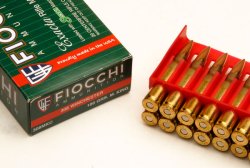
Bullet speed (m/sec) | ||
Cartridge 1 | 780 | |
Cartridge 2 | 783 | |
Cartridge 3 | 780 | |
Cartridge 4 | 785 | |
Cartridge 5 | 781 | |
Average Speed | 781,8 m/sec 2564,94 fps | |
Table 1: Chronographed speed on a sample of 5 cartridges
RANGE | Velocity | Time | Elevation | WindDrift | SpinDrift |
(m) | (m/sec) | (sec) | (cm) | (cm) | (cm) |
0 | 782 | 0,00 | -4,6 | 0,0 |
|
25 | 767 | 0,03 | -1,8 | -0,0 |
|
50 | 753 | 0,07 | -0,1 | -0,2 |
|
75 | 738 | 0,10 | 0,5 | -0,4 |
|
100 | 724 | 0,13 | 0,0 | -0,7 |
|
125 | 710 | 0,17 | -1,6 | -1,1 |
|
150 | 696 | 0,20 | -4,5 | -1,6 |
|
175 | 682 | 0,24 | -8,7 | -2,2 |
|
200 | 668 | 0,28 | -14,2 | -2,9 |
|
225 | 655 | 0,31 | -20,9 | -3,7 |
|
250 | 642 | 0,35 | -29,2 | -4,6 |
|
275 | 628 | 0,39 | -39,0 | -5,6 |
|
300 | 615 | 0,43 | -50,3 | -6,8 |
|
325 | 603 | 0,47 | -63,2 | -8,0 | 1,8 |
350 | 589 | 0,52 | -77,8 | -9,4 | 2,1 |
375 | 577 | 0,56 | -94,2 | -10,9 | 2,5 |
400 | 565 | 0,60 | -112,4 | -12,6 | 2,9 |
425 | 553 | 0,65 | -132,5 | -14,3 | 3,3 |
450 | 541 | 0,69 | -154,6 | -16,2 | 3,8 |
475 | 529 | 0,74 | -178,8 | -18,3 | 4,4 |
500 | 517 | 0,79 | -205,2 | -20,5 | 4,9 |
525 | 506 | 0,84 | -233,9 | -22,8 | 5,6 |
550 | 494 | 0,89 | -265,0 | -25,3 | 6,3 |
575 | 483 | 0,94 | -298,6 | -28,0 | 7,0 |
600 | 473 | 0,99 | -334,8 | -30,8 | 7,8 |
625 | 462 | 1,04 | -373,8 | -33,8 | 8,7 |
650 | 452 | 1,10 | -415,6 | -36,9 | 9,6 |
675 | 442 | 1,15 | -460,5 | -40,3 | 10,7 |
700 | 432 | 1,21 | -508,4 | -43,8 | 11,8 |
725 | 423 | 1,27 | -559,7 | -47,5 | 12,9 |
750 | 414 | 1,33 | -614,3 | -51,3 | 14,2 |
775 | 405 | 1,39 | -672,6 | -55,4 | 15,5 |
800 | 396 | 1,45 | -734,6 | -59,6 | 16,9 |
825 | 388 | 1,52 | -800,4 | -64 | 18,5 |
850 | 381 | 1,58 | -870,4 | -68,6 | 20,1 |
875 | 373 | 1,65 | -944,6 | -73,4 | 21,8 |
900 | 366 | 1,71 | -1023,2 | -78,3 | 23,7 |
925 | 359 | 1,78 | -1106,3 | -83,5 | 25,7 |
950 | 353 | 1,85 | -1194,3 | -88,8 | 27,7 |
975 | 347 | 1,93 | -1287,1 | -94,3 | 30 |
1000 | 341 | 2,00 | -1385,1 | -99,9 | 32,3 |
Table 2: Ballistic table from 0 to 1000 m for the Fiocchi 308MKC ammunition
Dimensional tables

Run-out (Borletti clock caliper 0,01 mm) 0/100 | |||
1° box___ | 2° box_ | ||
1 | 20 | 1 | 17 |
2 | 14 | 2 | 26 |
3 | 20 | 3 | 21 |
4 | 18 | 4 | 9 |
5 | 13 | 5 | 24 |
6 | 23 | 6 | 7 |
7 | 8 | 7 | 13 |
8 | 21 | 8 | 25 |
9 | 18 | 9 | 12 |
10 | 13 | 10 | 28 |
11 | 30 | 11 | 16 |
12 | 14 | 12 | 10 |
13 | 16 | 13 | 6 |
14 | 5 | 14 | 19 |
15 | 4 | 15 | 21 |
16 | 18 | 16 | 17 |
17 | 14 | 17 | 12 |
18 | 5 | 18 | 22 |
19 | 15 | 19 | 10 |
20 | 19 | 20 | 23 |
Table 3: Measurement of center offset of the bullet (run out) compared to the cartridge case
| Bullet weight | Case weight | Propellant weight | ||||
grani | 180 | grani | 172,3 | grani | 41,2 | |
grani | 180 | grani | 174,9 | grani | 41,3 | |
grani | 179,9 | grani | 175 | grani | 41,1 | |
grani | 180 | grani | 172,6 | grani | 41,4 | |
grani | 179,9 | grani | 173 | grani | 41,3 | |
Table 4: Weight of the single components of the cartridge (a sample of 5 out of 40)
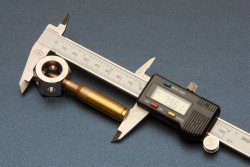
Total length of the cartridge (mm) | |||
1° box | 2° box | ||
1 | 70.37 | 1 | 70.36 |
2 | 70.32 | 2 | 70.32 |
3 | 70.38 | 3 | 70.38 |
4 | 70.27 | 4 | 70.30 |
5 | 70.22 | 5 | 70.35 |
6 | 70.34 | 6 | 70.34 |
7 | 70.31 | 7 | 70.37 |
8 | 70.29 | 8 | 70.32 |
9 | 70.30 | 9 | 70.31 |
10 | 70.37 | 10 | 70.34 |
11 | 70.43 | 11 | 70.35 |
12 | 70.32 | 12 | 70.23 |
13 | 70.34 | 13 | 70.33 |
14 | 70.34 | 14 | 70.32 |
15 | 70.39 | 15 | 70.43 |
16 | 70.13 | 16 | 70.43 |
17 | 70.39 | 17 | 70.35 |
18 | 70.27 | 18 | 70.27 |
19 | 70.24 | 19 | 70.57 |
20 | 70.30 | 20 | 70.22 |
Table 5: Overall length (OAL) of the Fiocchi ammunition measured with the Stoney Point Bullet Comparator




